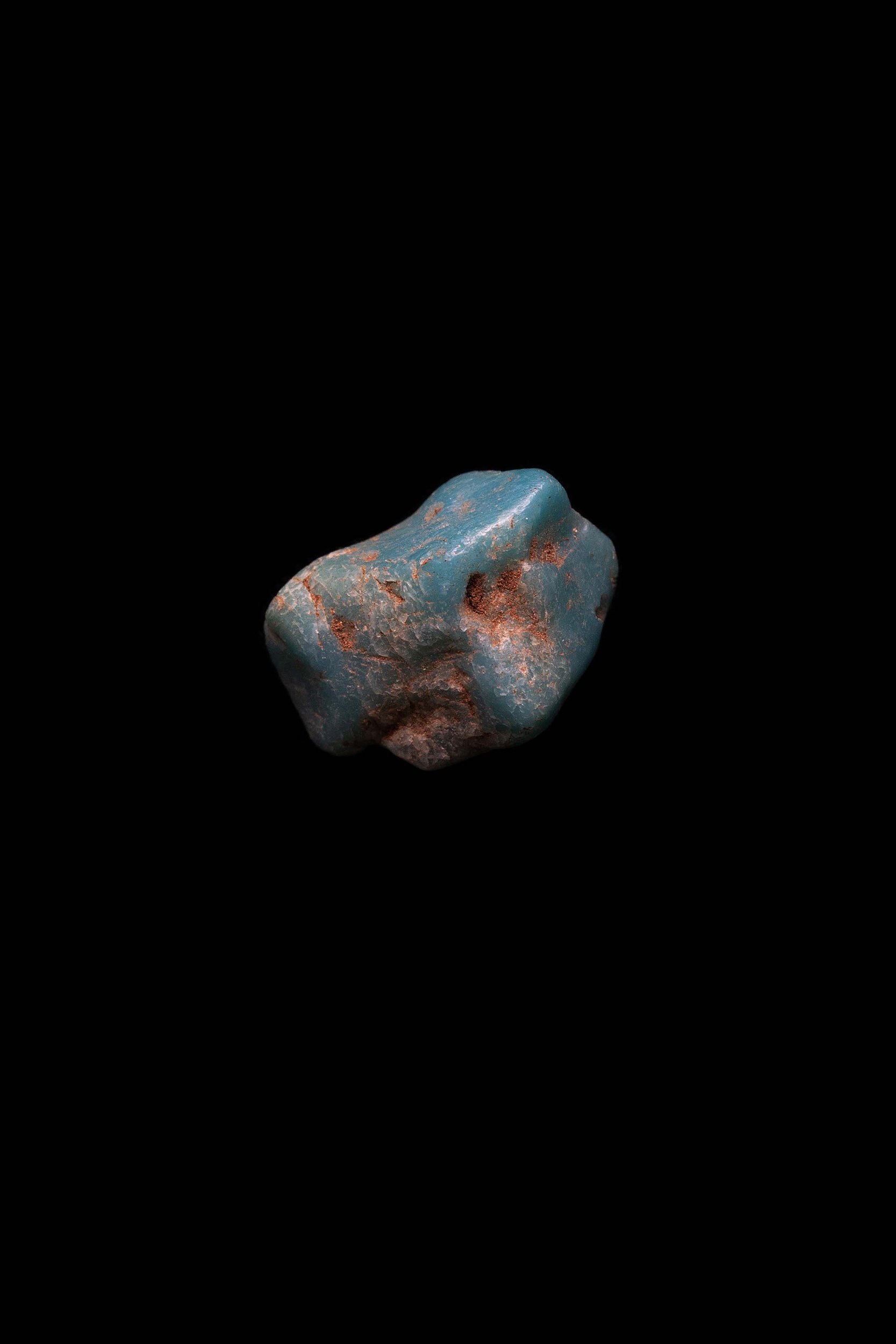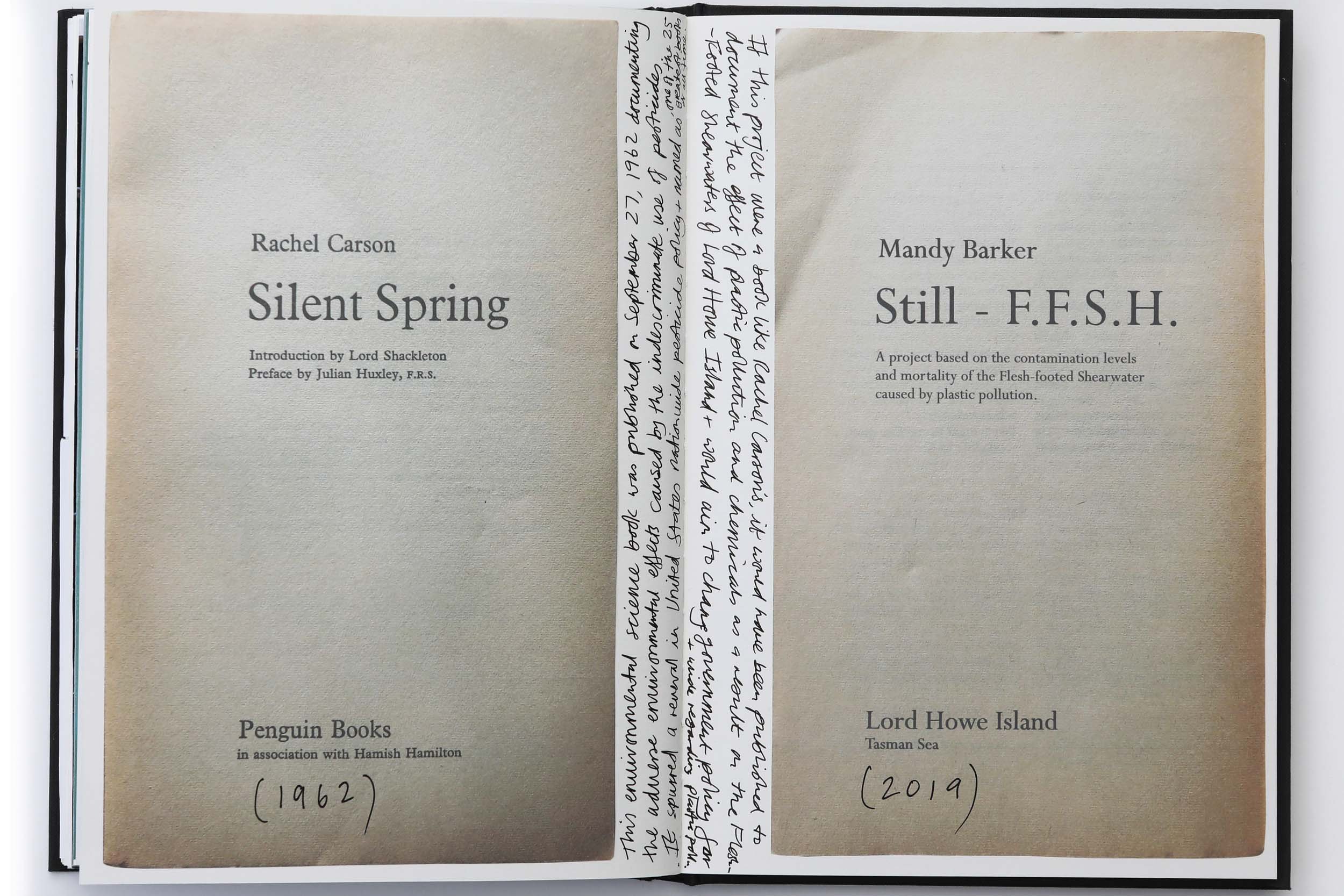STILL (FFS)
‘Still – not moving or making a sound, undisturbed by wind, sound or current’
Lord Howe Island is a stunning remote location situated between Australia and New Zealand and home to one of the largest colonies of Flesh-Footed Shearwaters. It has a unique tropical climate with the majority of the island an untouched forest and with many of the plants and animals found nowhere else in the world. However, there is a darker side to the island. Plastic foraged out at sea by the parent Shearwaters is being fed to their fledgling chicks, causing starvation and ultimately death.
Barker joined scientists on Lord Howe Island in April 2019 during the short window of time when the fledgling chicks leave their burrows and migrate to the Sea of Japan to begin their new life. Instead with the scientists, Barker found the birds dying on the shoreline, unable to fly because of the weight of plastic in their stomachs. This work is a response to the ongoing situation on Lord Howe Island and the increasing decline of the Flesh-Footed Shearwater.
The photographs aim to represent each individual Shearwater with dignity during death, and as a contradiction between the dying birds and the stunningly beautiful environment of Lord Howe Island. The series forms a narrative of a Shearwater’s life once lived, a playground in blue seas and skies, forest habitat, and the surroundings that make up this breath-taking tropical island. Gradually the series of images are consumed by red, with only the final image showing actual plastic within the bird, a subtle timeline that represents the increasing toxicity of plastic pollution harboured within.
The abbreviation for the Flesh-Footed Shearwater, FFSH, has been changed to FFS (For F***s Sake), a conscious decision to try to reach the younger generation and new audiences, and as a reflection of Barker’s ongoing motivation and frustration to continue to represent the issue of marine plastic pollution and call to action.
“My intention for this work, is that the birds presented in this series that have suffered and died from ingesting plastic pollution, will be seen around the world – and will serve as a legacy to the ones that have gone before them, and the others that will continue to do so.
Nothing will ever come close to the sensation of picking up this wild and stunning bird to feel and hear plastic crunch within its stomach… on returning home from this expedition I felt I had witnessed a crime”
Supported by the National Geographic Grant for Exploration.
——————————————————————————
Many thanks to scientists at Adrift Lab; Dr Jenn Lavers and Dr Alex Bond, for allowing me to work alongside them, creating this series to raise further awareness of their ongoing research. To read in more depth about their work please click on the titles below;
Long-term decline in fledging body condition of Flesh-footed Shearwaters (Ardenna carneipes)
(ICES Journal of Marine Science, 2023)
‘Plasticosis’: Characterising macro- and microplastic-associated fibrosis in seabird tissues
(Journal of Hazardous Materials, 2023)
The one-two punch of plastic exposure: Macro- and micro-plastics induce multi-organ damage in seabirds
(Journal of Hazardous Materials, 2023)















































